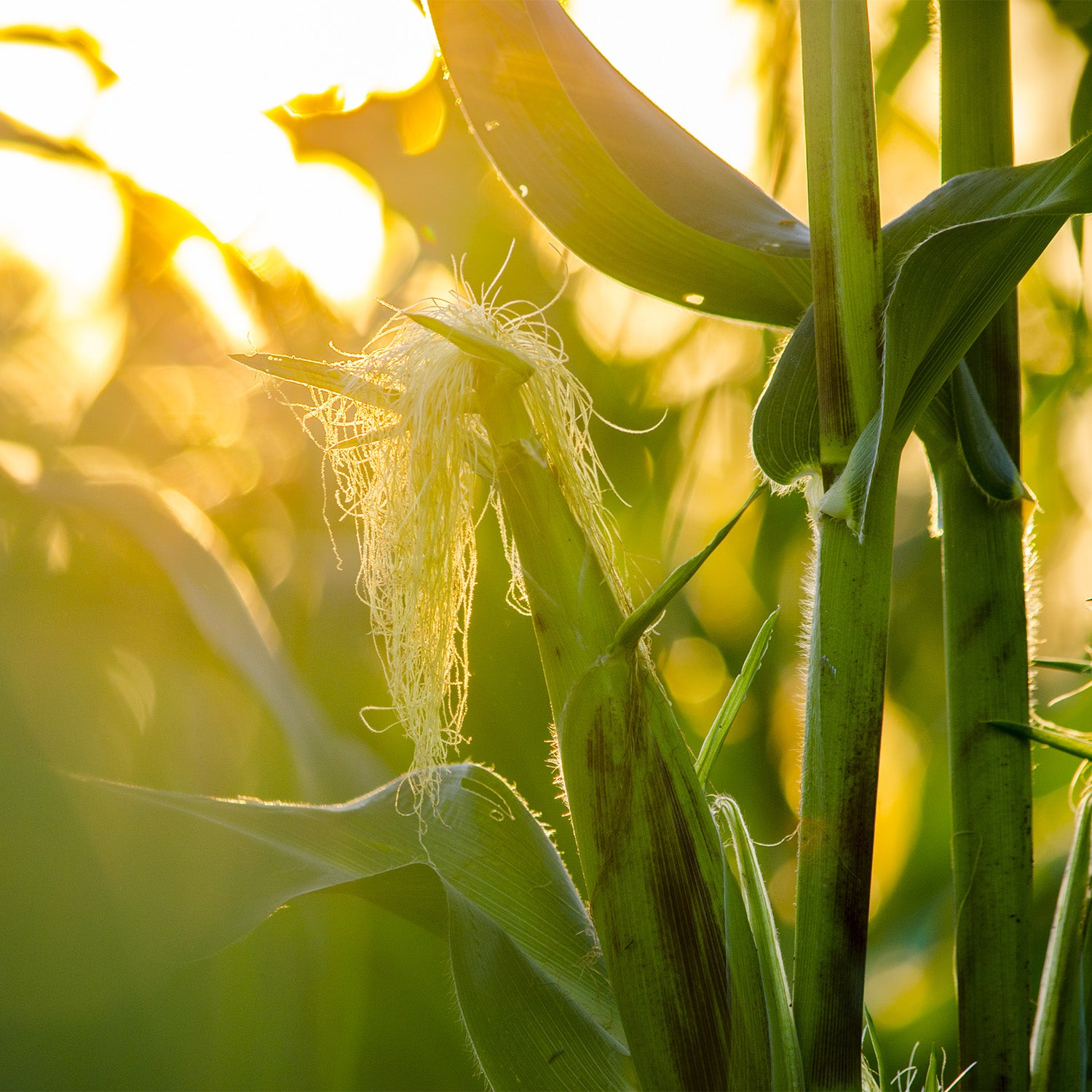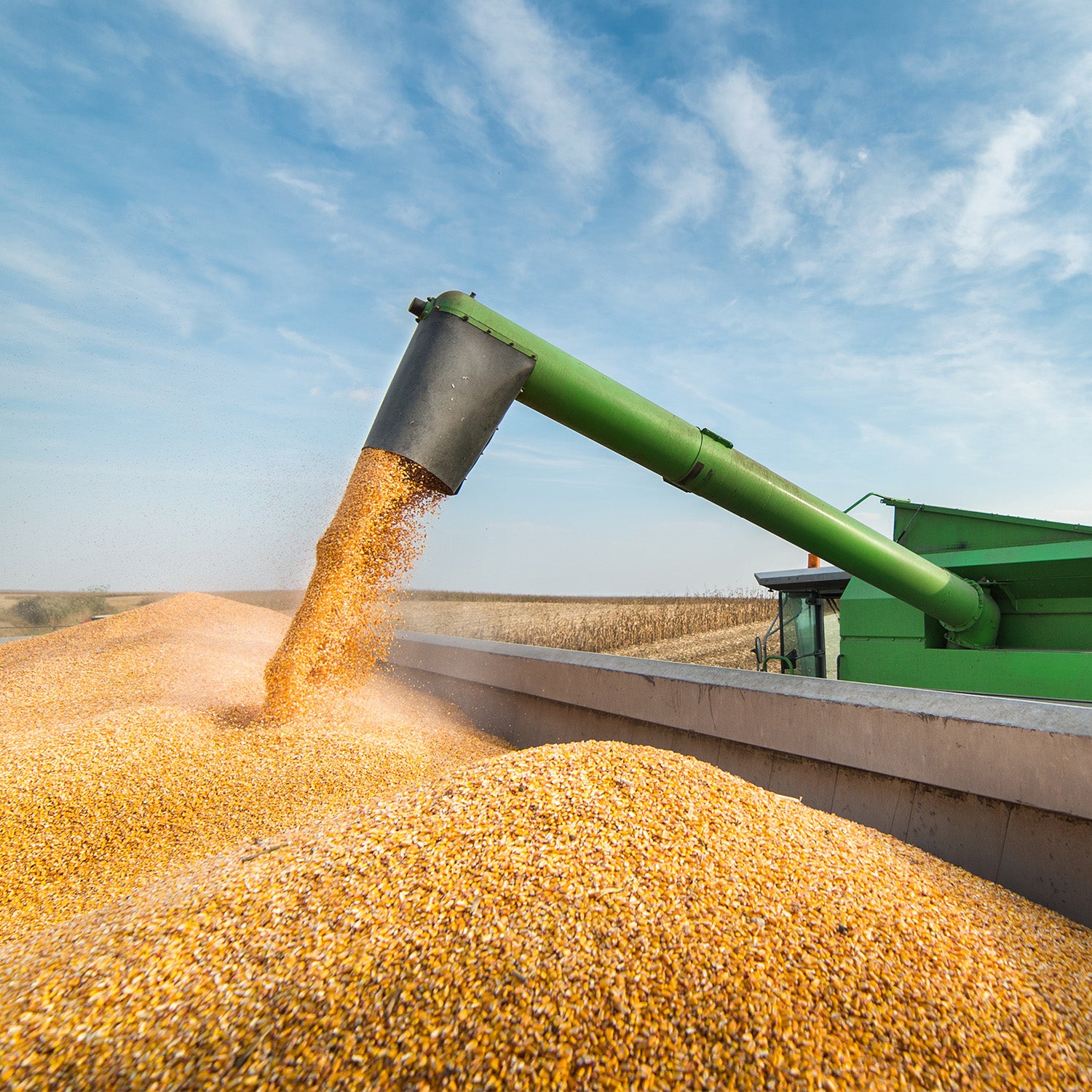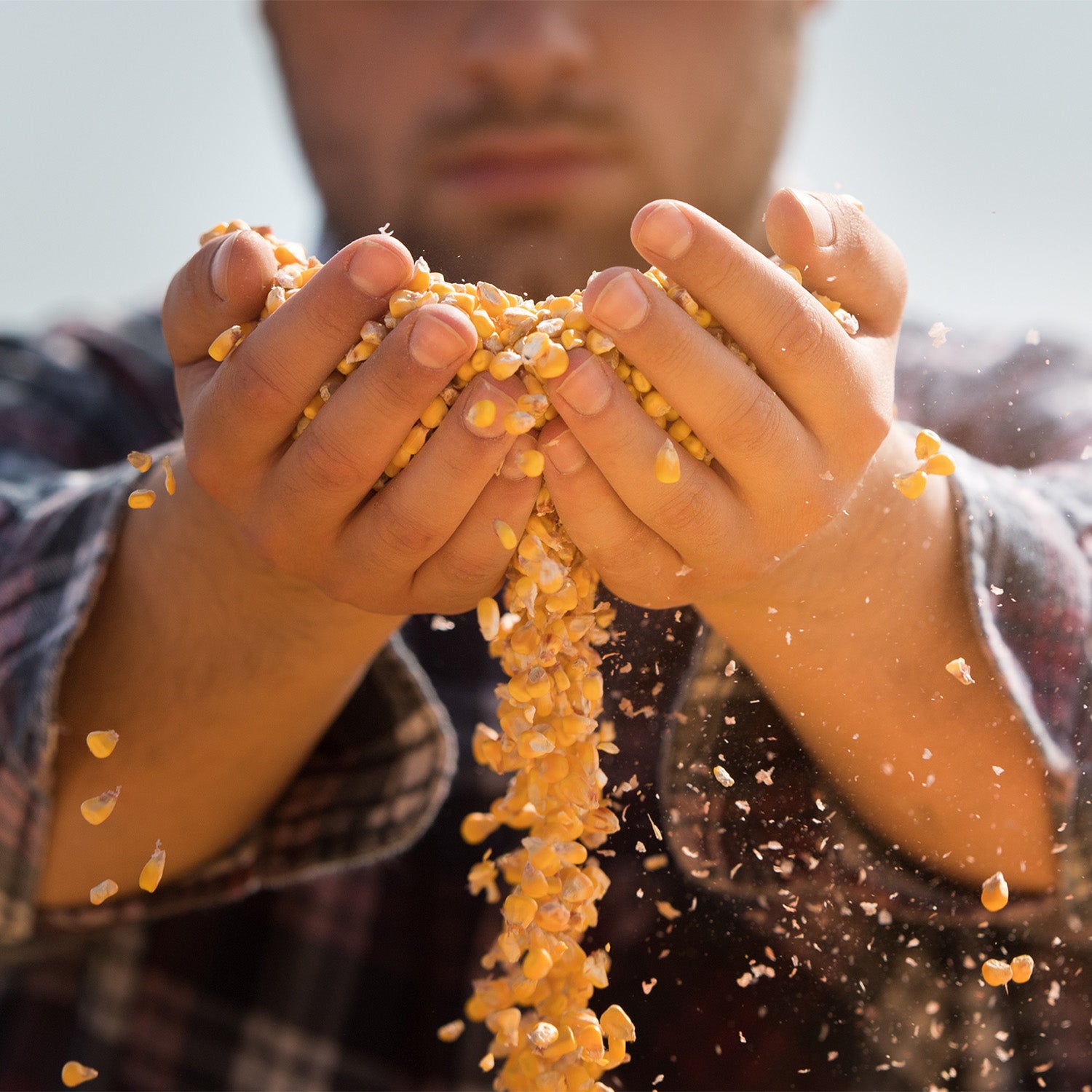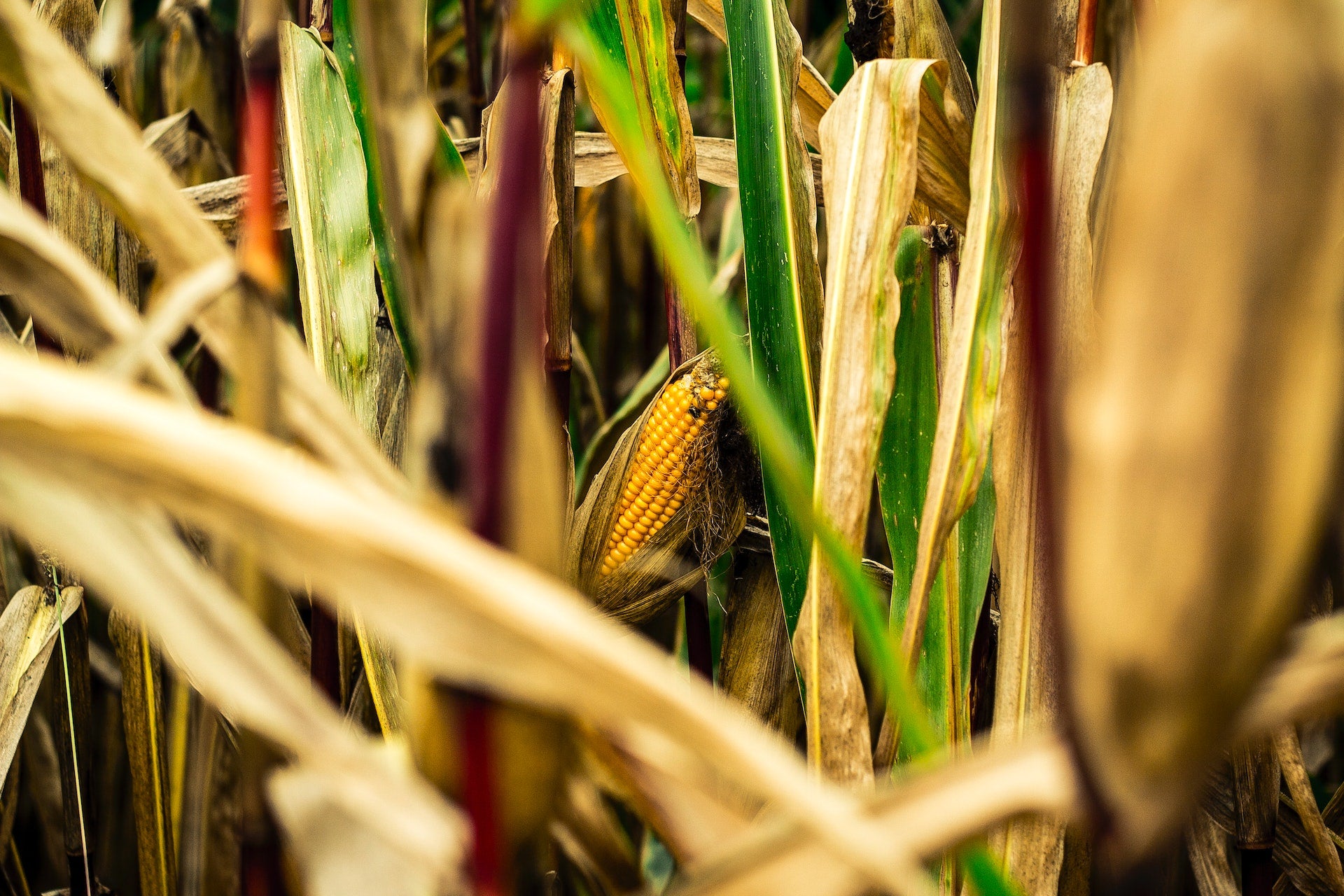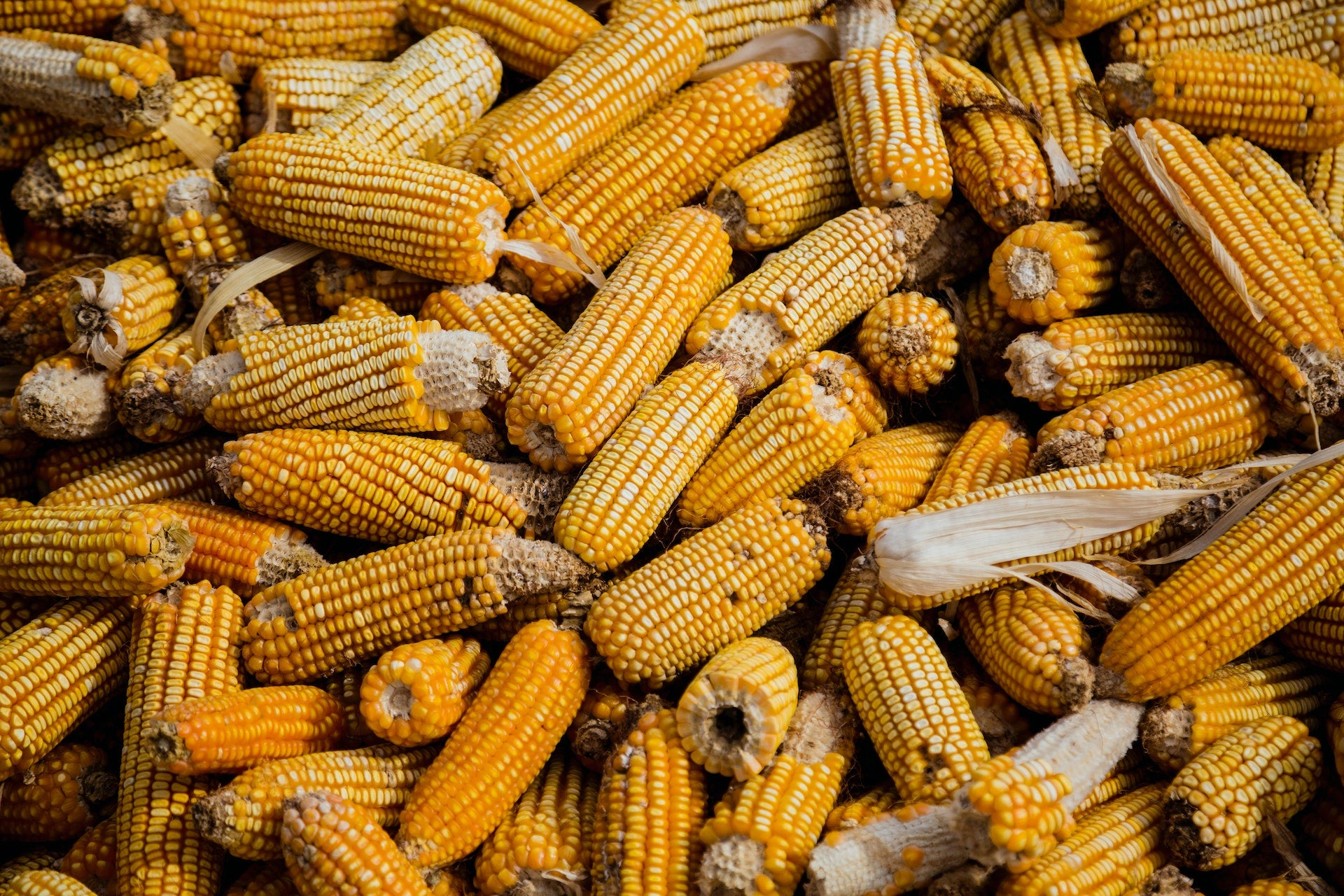introducing
PLA
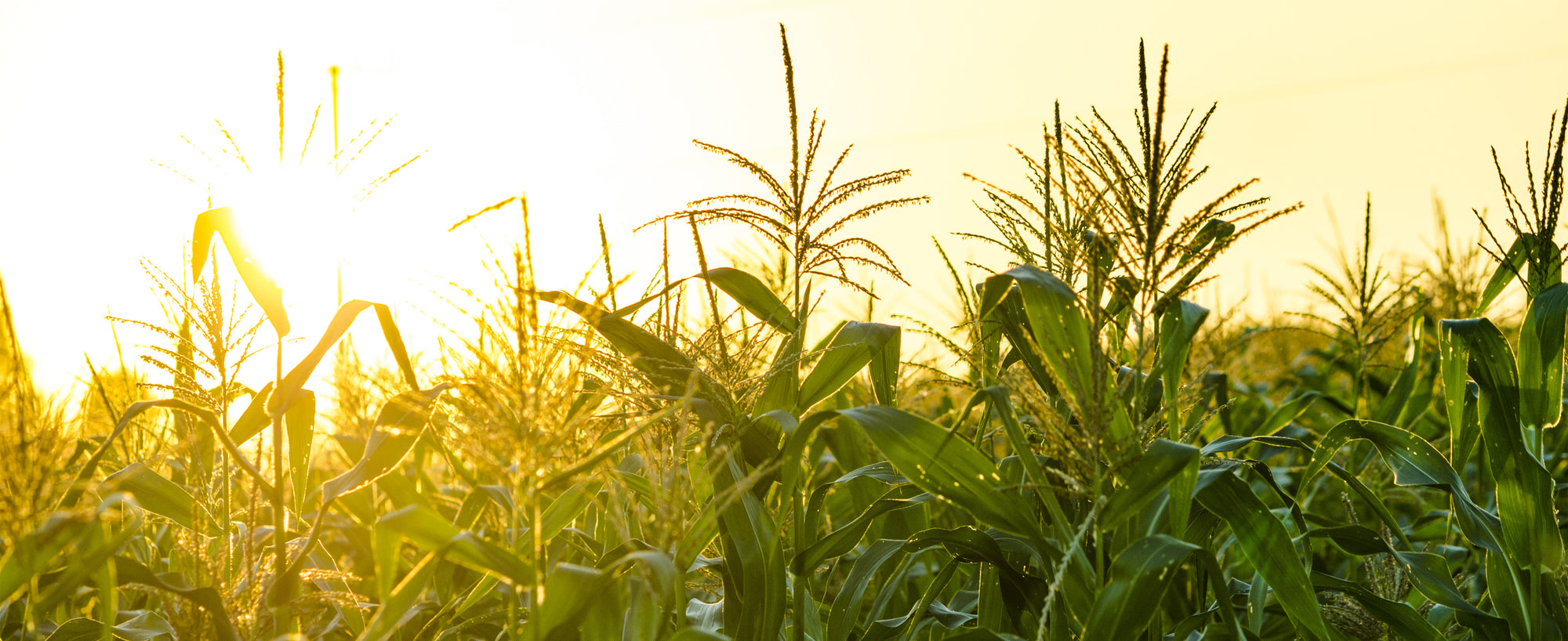
what is PLA?
PLA, or polylactic acid, is a biodegradable and bio-based thermoplastic polymer derived from renewable resources like corn starch, cassava, or sugarcane. It's produced by fermenting plant sugars to produce lactic acid. The resulting material can be processed and shaped using methods similar to those used for traditional plastics, such as injection moulding.

PLA FAQs
Häago PLA cutlery is made from a biodegradable plastic material called polylactic acid (PLA). The raw materials used to produce PLA cutlery are derived from renewable resources such as corn starch. The natural sugars are extracted, fermented to produce lactic acid, and then polymerized to create PLA pellets. The pellets are moulded into various shapes using injection moulding or other techniques to create durable, heat-resistant, and safe for food contact cutlery.
The process starts by harvesting the raw materials and then processing them to extract natural sugars. The sugars are then fermented to produce lactic acid, which is a basic building block for PLA. The lactic acid is polymerized to create PLA pellets, which can be moulded into various shapes using injection moulding or other techniques to produce PLA cutlery that is durable, heat-resistant, and safe for food contact. The manufacturing process is optimised to reduce any contamination by ensuring clean production environments and using safe and reliable equipment. To ensure the safety and quality of PLA cutlery, manufacturers source high-quality and food-grade raw materials, conduct quality control checks, and adhere to safety standards and regulations enforced by relevant authorities.
Yes, Häago PLA cutlery is safe to use. It is made from food-grade raw materials and is safe for food contact. PLA cutlery does not release any harmful chemicals when exposed to heat or acidic foods. In addition, Häago PLA cutlery meets safety and quality standards and regulations enforced by relevant authorities. Therefore, it is a safe and eco-friendly alternative to traditional plastic cutlery.
PLA cutlery is biodegradable and takes about six months to break down in a commercial composting facility. The biodegradation process is accelerated in high-temperature industrial composters, where the cutlery is broken down into natural materials like water and carbon dioxide. If PLA cutlery is not composted and ends up in a landfill, it may take longer to biodegrade, as landfills lack the necessary conditions for efficient biodegradation.
Yes, Häago PLA cutlery is environmentally friendly. It is made from renewable resources such as corn starch, which means it has a lower carbon footprint compared to traditional plastic cutlery that is made from non-renewable resources. Furthermore, it is biodegradable and can be composted, reducing waste and environmental impact. Additionally, PLA cutlery is safe for food contact and does not release any harmful chemicals, making it a sustainable and safe alternative to traditional plastic cutlery.
The Häago PLA cutlery is manufactured in China. The company has over 15 years of experience in the PLA industry and has been producing PLA cutlery since 2014. The manufacturing process follows industry standards and regulations enforced by relevant authorities to ensure the safety and quality of the product. The company is committed to reducing its environmental impact by sourcing raw materials responsibly, minimising waste throughout the manufacturing process, and promoting recycling and composting of its products. It also prioritises the safety and well-being of its employees by complying with labour laws and regulations and implementing safety procedures and equipment.
The Häago PLA cutlery range is certified to meet the ASTM D6400/EN13432 standards. These certifications ensure that the PLA cutlery is biodegradable and compostable, meeting environmental performance requirements. The ASTM D6400 is a standard specification for compostable plastics and the EN13432 is a European standard for compostable and biodegradable packaging. The certifications demonstrate that Häago PLA cutlery meets the necessary standards for biodegradability and compostability, making it a sustainable and eco-friendly alternative to traditional plastic cutlery.
The Häago PLA cutlery is packaged in boxes made from recycled paper or cardboard, which are also recyclable. The boxes are designed to protect the cutlery during transport and storage while minimising waste and environmental impact. The packaging materials used are eco-friendly and align with the company's commitment to sustainability. By using recyclable and biodegradable packaging materials, Häago ensures that its packaging has a minimal impact on the environment and promotes responsible waste management.

